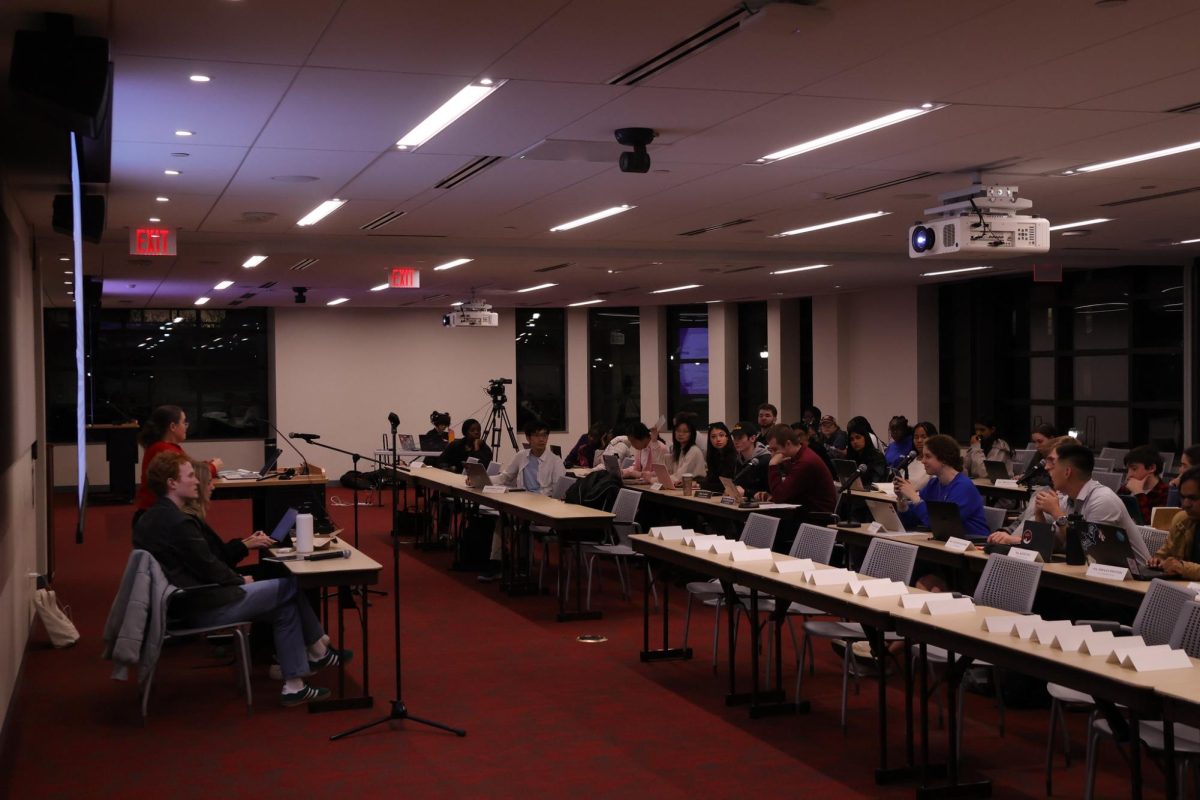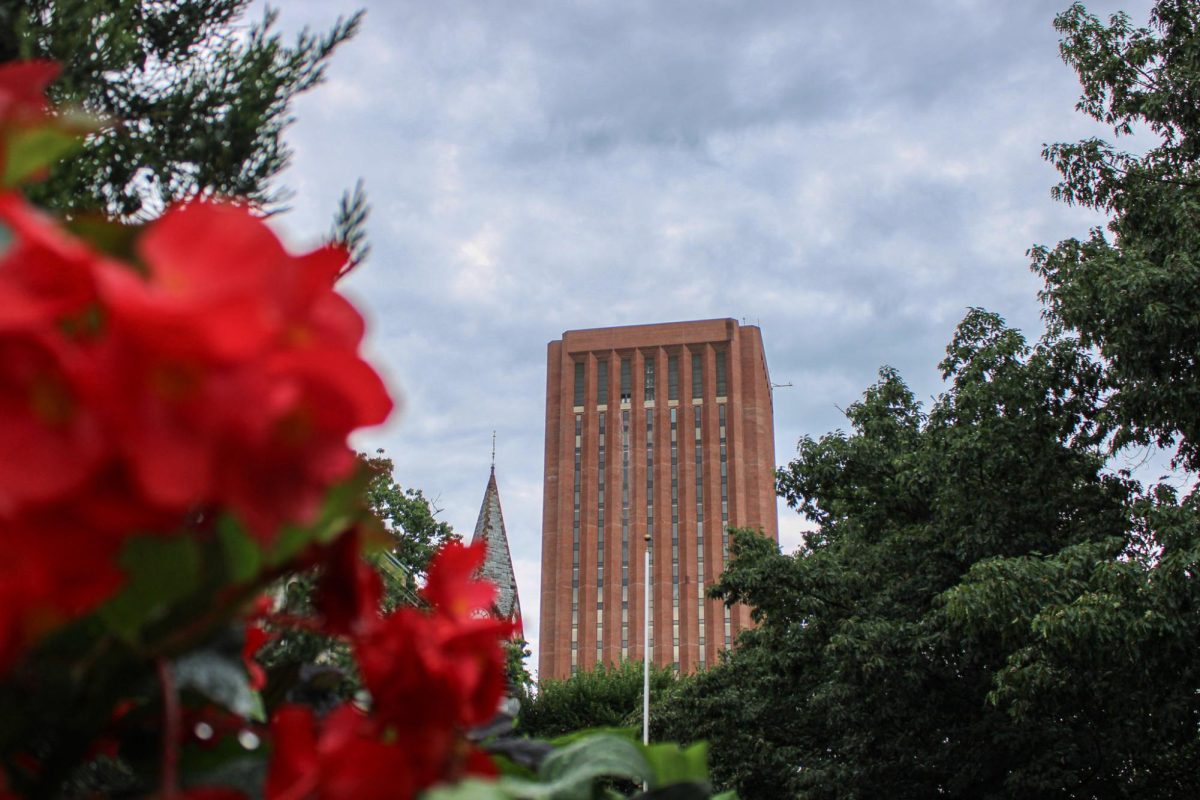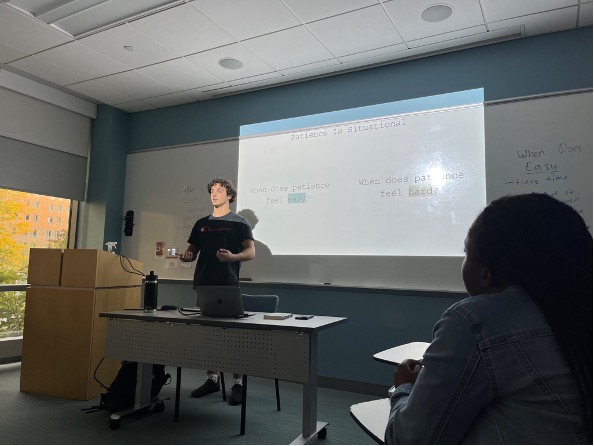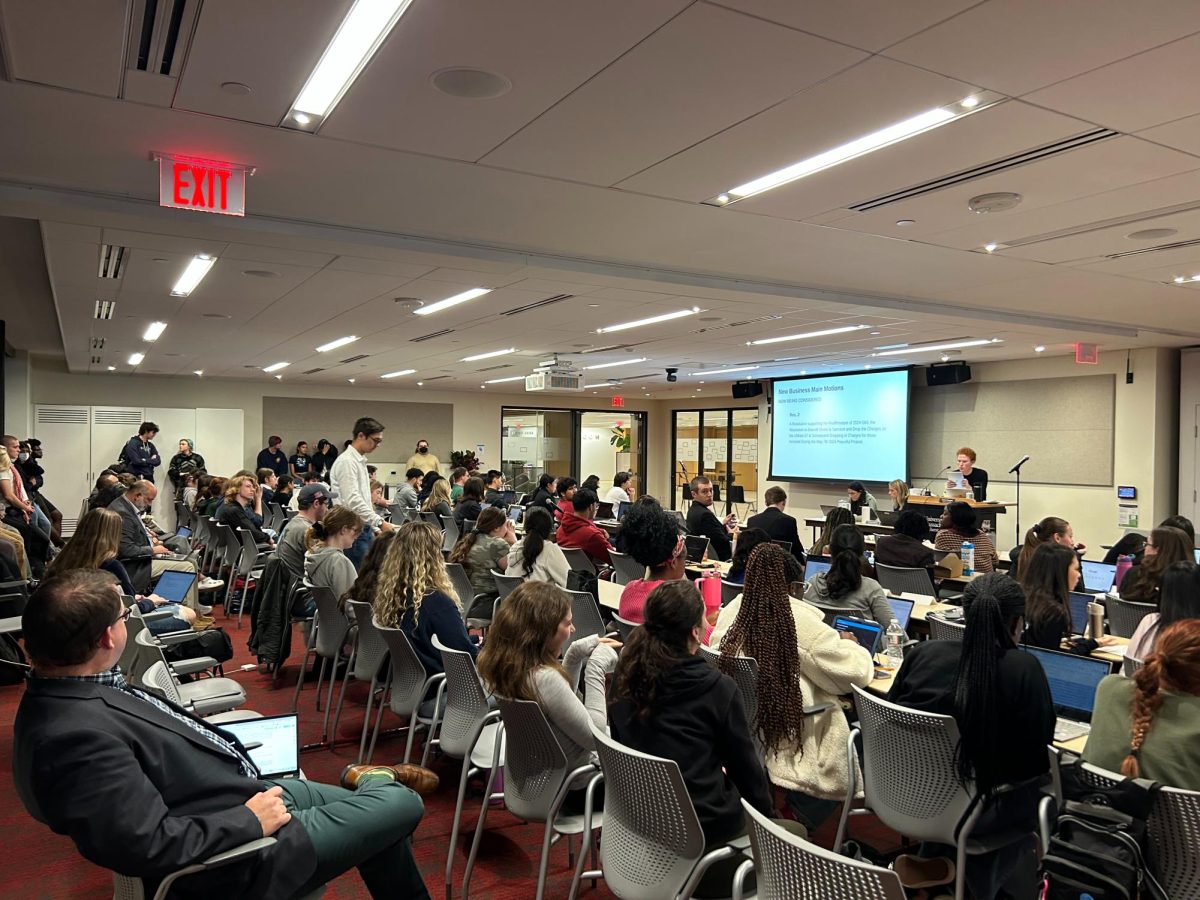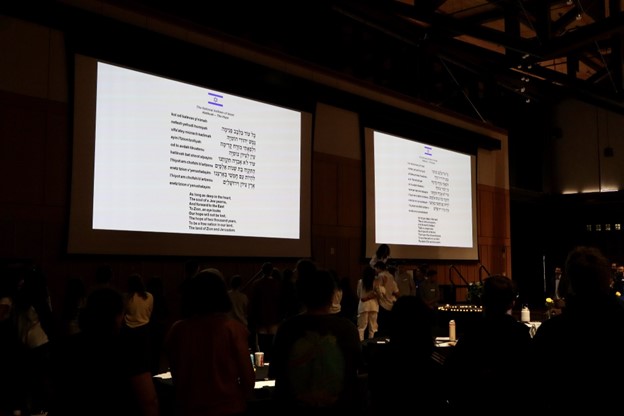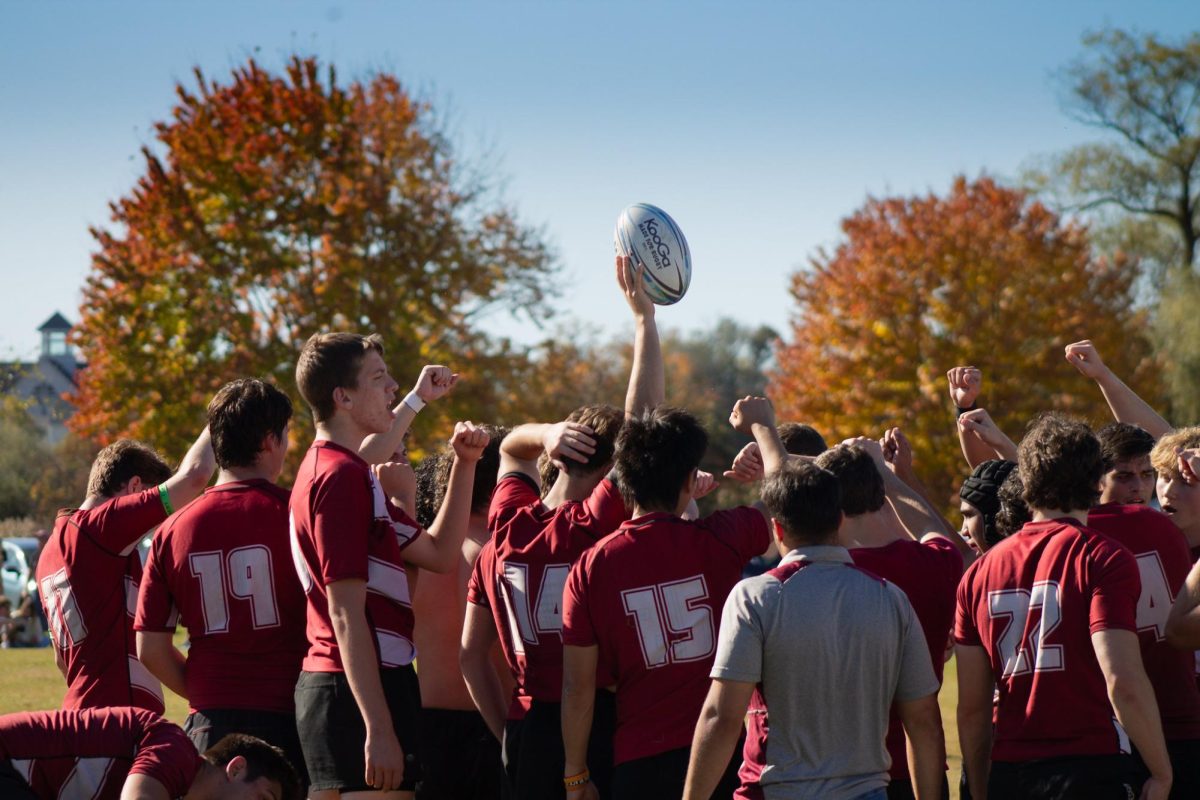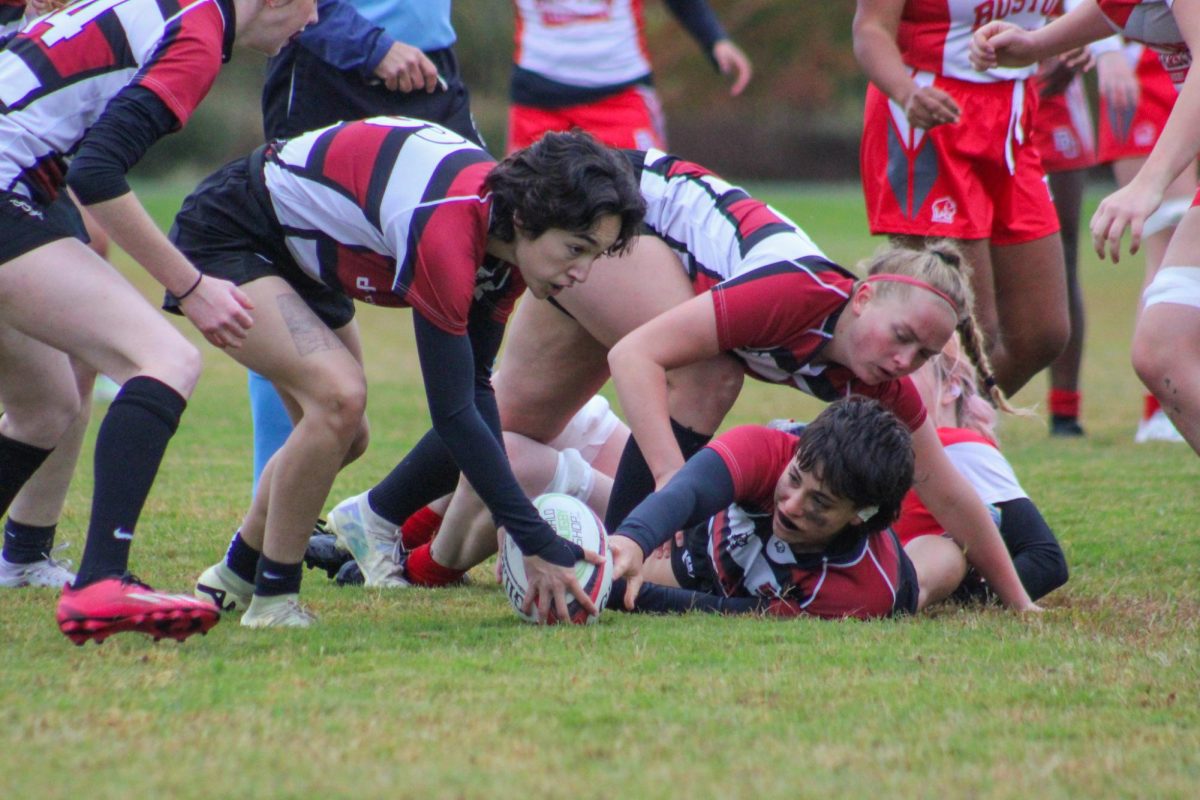
Members of the University of Massachusetts community are taking a closer look at overall campus safety in the wake of another incident of a weapon being reported campus.
Three separate incidents have been reported in the past five months, with the most recent incident involving a non-UMass student allegedly assaulting and robbing a student in Pierpont Hall on Feb. 18. UMass police issued a shelter in place order that night which lasted nearly 90 minutes.
In October, police investigated a dining services worker who brought a firearm onto campus in violation of state law, according to MassLive. Employees reported the incident, which was not deemed to be an active threat to campus.
In January, two non-UMass students pulled a gun on a UMass student when he tried to prevent a 15-year-old girl from leaving campus with them, according to a Daily Hampshire Gazette article.
After the most recent incident on Feb. 18, students reported mixed feelings about the effectiveness of the campus emergency alert system and dorm security, as the two men involved in the February incident – neither being UMass students – were let into the building by a resident.
“Our response to any sort of firearm is immediate,” said Patrick Archbald, deputy chief of UMPD. “We are all certainly and sadly aware of the increasing incidents of firearms on campus.”
Archbald said there was “no nexus” between the three incidents – in two of the incidents, a weapon was used to instill fear in others, while in the incident in October, the individual was trying to sell the weapon, he said.
Although William McKeown, the alleged assailant in the Feb. 18 incident, was charged with armed robbery and assault and battery with a BB gun, not a handgun – after the initial criminal complaint was amended – he was still carrying a dangerous weapon, according to the state definition explained by Archbald in an email.
At a press conference the night of the incident, UMPD Chief Tyrone Parham said that officers responded “instantaneously” to the call from Pierpont Hall.
Each summer, every UMPD officer attends eight hours of active threat training, which includes active shooter situations, said Archbald, who added that in comparison to other police agencies, the eight hours of active shooter training is “above the industry standard.”
The department’s accreditation requires frequent reviews of the department’s active threat policies, he said.
The University’s department of emergency management also received a grant last year to conduct an active shooter exercise at Franklin Dining Commons over spring break, said Jeff Hescock, director of emergency management at the University.
Most campus homicides are not committed by active shooters – they come primarily from situations like domestic violence and robberies gone bad, said Michael Dorn, executive director of the campus safety non-profit organization Safe Havens International.
In an active shooter situation, UMPD would send out emergency alerts to notify students of the danger and instruct them about safety measures to take. In the Feb. 18 incident, although the assailant was not an active shooter, UMPD sent out alerts due to their inability to immediately identify the nature of the threat.
Emergency alerts
On Feb. 18, students received alerts via the campus emergency alert system. The first alert was sent out at 5:47 p.m., 30 minutes after the initial call to dispatch. Email alerts and text alerts are sent simultaneously.
“There’s a sense from people that they’ve been informed well, but we can always, always do better,” University spokesman Ed Blaguszewski said.
“Our role is to put out accurate information,” Archbald added. “You have to weigh pretty quickly what’s real and what’s valuable.”
UMPD must determine whether or not an attack is targeted – in which case no other student would be at risk – or at random.
“Some of that conversation was going on prior to that first (Feb. 18) message going out, and it was not determined whether this was targeted or random,” Archbald said.
Since UMPD could not immediately determine the security risk to other students, the shelter-in-place email and text alert was sent out.
“It’s a very difficult situation, especially since people get so upset when they get false warnings,” Dorn said.
At UMass, students must sign up for the text message emergency alerts, while email alerts are automatically sent out to all students, faculty and staff.
Archbald said students absolutely are not signing up for the text message alerts at the rate they should be. He added that tests are conducted of the system five times a year, in which students are urged to sign up.
“I think there’s just a sense that (dangerous situations are) not going to happen here,” said Archbald, who added that the system would ideally be opt-out, not opt-in.
An opt-out system must include a way by which all students would have to enter their personal mobile phone numbers.
“If it was opt-out … where is the mechanism for them to put in that phone number?” Hescock said. “There still has to be a point where you’re providing a number that we’re getting authorization to send (alerts) to.”
The UMass system has discussed the implementation of an opt-out system before, according to Hescock.
Out of the 39,035 contacts in the emergency notification system, 25,702 have entered a cell phone number to receive the text alert messages.
Hescock said some of these contacts come from individuals that are no longer affiliated with the campus, like retired professors. He estimates that about 70 percent of active students, faculty and staff have signed up to receive text message alerts.
‘They followed the protocol”
Some students in the Feb. 18 incident did not understand the term “shelter-in-place,” according to both Hescock and Blaguszeski.
“Part of what we need to do is make sure we’re connecting with students regularly during their (period of) study at the university,” Blaguszewski said. “We’ll have to do more outreach and education so they’ll be better prepared to respond to the messages we give them and how to react in that situation.”
On March 2, the University office of emergency maintenance sent an email to students clarifying the definition of shelter in place to mean that “there is something dangerous outside and you should go inside or stay inside a building until the danger passes.”
The email also recommended that students sign up for emergency text message alerts and review the emergency response handbook and emergency procedures posters of the emergency management department.
UMass hired a New York-based consulting firm to review residence hall security in 2013, following the rape of a UMass student in Pierpont Hall in 2012. The University spent $1.5 million in residence hall security. Both the electronic sign-in methods and security procedures within the buildings were overhauled.
“Security is only as good as the people who live in the building,” Archbald said. “Security was defeated by the resident who allowed two people into the building who wanted to conduct (drug) business and were in possession of a firearm.”
Doors to residence halls are locked 24 hours a day, and students must be escorted into the building.
“Those procedures occurred (in this incident),” Blaguszweski. said. “People need to take responsibility who are residents of a building (about) who they let in a guests.”
Blaguszewski added: “There really would be no security measure that would have prevented these people from entering the building. They followed the protocol.”
Dorn said his organization has seen more universities adopting 24/7 in-person dorm security, but he noted that all of those systems are not completely fool proof.
Dorn mentioned a recent case he worked on when a male individual was let into a dormitory by security staff, where he later beat his girlfriend to death.
In light of the recent events, Blaguszewski said the University is reflecting on what it can do better in an “ongoing conversation.”
“We’ve begun to reflect on it, and we’ll continue to,” Blaguszewski said. However did not want to discuss specifics of potential changes or recommendations.
“We’ll learn … over time, if improvements need to be made. We’ll be consulting people and (figuring) out the best way to move forward,” he said.
Archbald said the alert system – including text and email alerts and the outdoor warning system – ultimately cannot capture every single person. He said he hopes students share information to get the word out about incidents to each other.
“There are gaps. There’s no guarantees,” Archbald said.
Patricia LeBoeuf can be reached at [email protected] and followed on Twitter @Leboeuf_Tricia.







